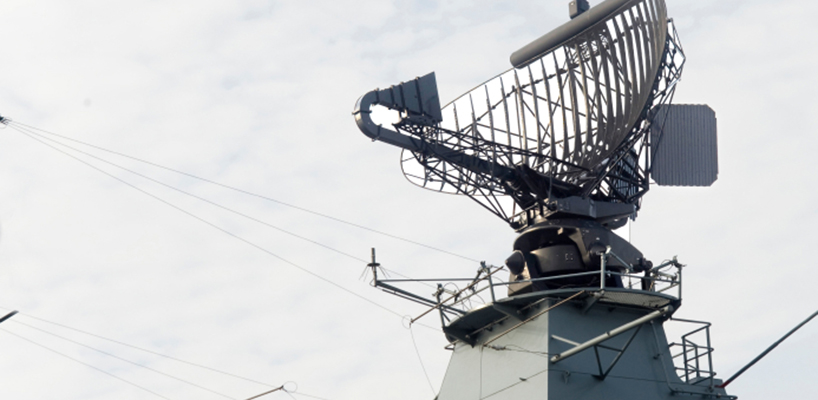Read any modern armaments journal and you’ll find fascinating studies on hypersonic weapons. These are missiles that combine the power of ballistic with the guidance of cruise missiles. The means of delivery are varied: land, sea, and air. The hypersonic weapon has the almost science fiction advantage of allowing the missile to evade countermeasures such as missile defense systems. All of these aspects are developed, deployed, and tested by cleared personnel. Each of these arenas of development require detailed work, and collaboration which can take years. That is why these programs are always subject to compromise.
Robert Watson-Watt studied British thunderstorms in the first half of the last century. He was very good at his job by all accounts, and always tried to learn more. He studied vociferously anything which might help him identify such dangers as they approached. He’d heard a radio report about an American development with a cathode ray tube. The American oscillograph he’d heard about had been created based upon a German-developed British patent from 1904 to ‘give warning of the approach of a metallic body such as a ship or a plane.’ Little did anyone know that Germany and Britain would be at war in 1939. Both would threaten the other with aerial attacks, against which there was little forewarning. Both had the possibility to develop the radar, which would alert their air defenses and fighter planes. But neither realized they were both able to access the same information which was being carefully researched by a thunderstorm expert who found one of two specialized American oscillograms in the United Kingdom. He had found a way to make radar work.
In time, the development of radar was identified by the British government as workable. Prime Minister Winston Churchill immediately saw to it that Watson-Watt’s team was given a vast amount of money. At the same time, German scientists developed both the Freya and the Wuerzburg radars. These radars, however, only identified the approach of something, not its elevation. The race was on to build the radar defenses of both countries. In fact, mutual collection of intelligence was so clandestine— and open— that a visiting German government official announced at a meeting in England, “So gentlemen, how far are you in development of radar?”
A modern day arms race
Jumping ahead to our modern, similar contests, consider this. Do we know when foreign craft will overfly our test areas? The 1930s British didn’t know Lufthansa international flights collected photographic data for Nazi Germany. Do we know why some flights or vehicle traffic originate in certain places, come near our facilities, and continue on to other locations? Or why some vehicles remain outside our compounds? One particularly intrepid thief recalled how he simply put up a curtain on the side of the building he hoped to enter. No one questioned him. He then worked at ease opening the windows, and entering. He knew the guards were elderly, and didn’t carry weapons. What could go wrong? Indeed, what could? Seldom do those out to steal our information take random chances. They study; they collect information, and only then do they act.
Our development of weapons suffers from our need to sell them. Who can keep a quantum leap in development secret when to do so jeopardizes further money for a company? We’ve seen how development answered a national need when Churchill said, “Make it”, and allocated barrels of British pounds. The United Kingdom created the radar that detected not only approach but also elevation. With such information, they were able to specifically deploy their Spitfire and Hurricane fighters which saved the British in their great hour of need, the Battle of Britain. Their cleared personnel kept the secret, and the Luftwaffe bombers were brought down.
Or did they?
True luck intervened. To deploy the radar sites to cover the entire coast required almost 22 transmission towers. At the beginning of the war, only three were in place near Dover and the coast closest to France. Had a German tourist bothered to look, they could have walked up to the first and photographed at will; there was no fence there at all. The bunkers which serviced it were accessible to anyone, for no warning signs or guards would have stopped their way.
So for our modern cleared personnel, remember: Whether you work on great projects known to all like hypersonics, or known to but a few, defending the great secret is a process. Don’t consider the job done until you’ve checked, and rechecked the development notes, the deployment plan, and watched out for that foreign aircraft which just happens to be flying on the day you are testing.



